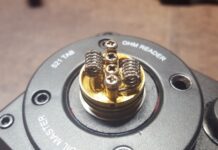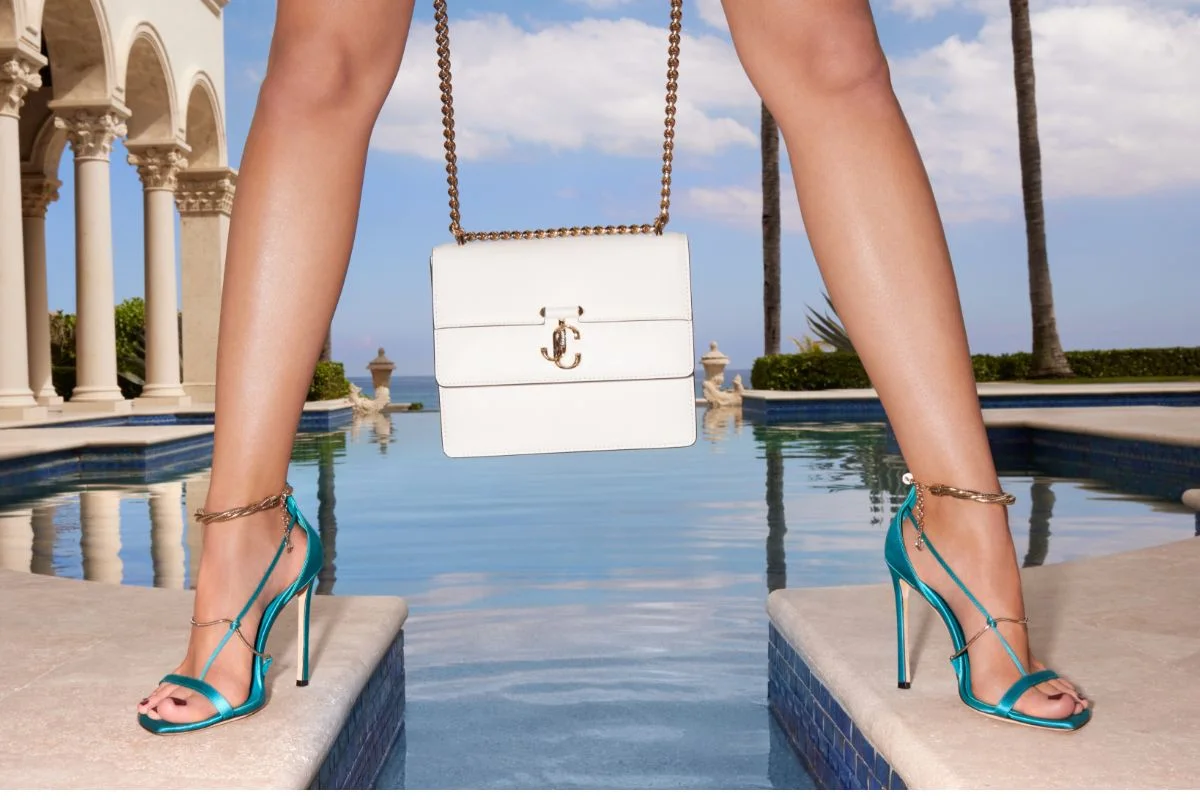
When buying women’s pumps, the most important thing is to choose the right size and height of the heel. So that the shoe doesn’t tighten you too much, but also that it doesn’t ‘fly’ around your foot – and that the heel doesn’t put too much pressure on your foot. However, it often happens that they become uncomfortable only after some time of wearing. So how can we wear pumps without pain?
Can Fashion, Women’s Pumps, And Comfort Go Together?
The most important thing is that the shoe is comfortable. That’s true. However, how many times have we sacrificed comfort at the expense of aesthetics and fashion? That is especially true for women and those who love high heels. All ladies who love heels know that great feeling of relief when they take them off. However, sore toes, feet, or ankles are not a strong enough reason for many of us to stop wearing heels. Still, it is possible to enjoy both comfort and fashion. By following some rules, you will easily make your favorite pumps comfortable.
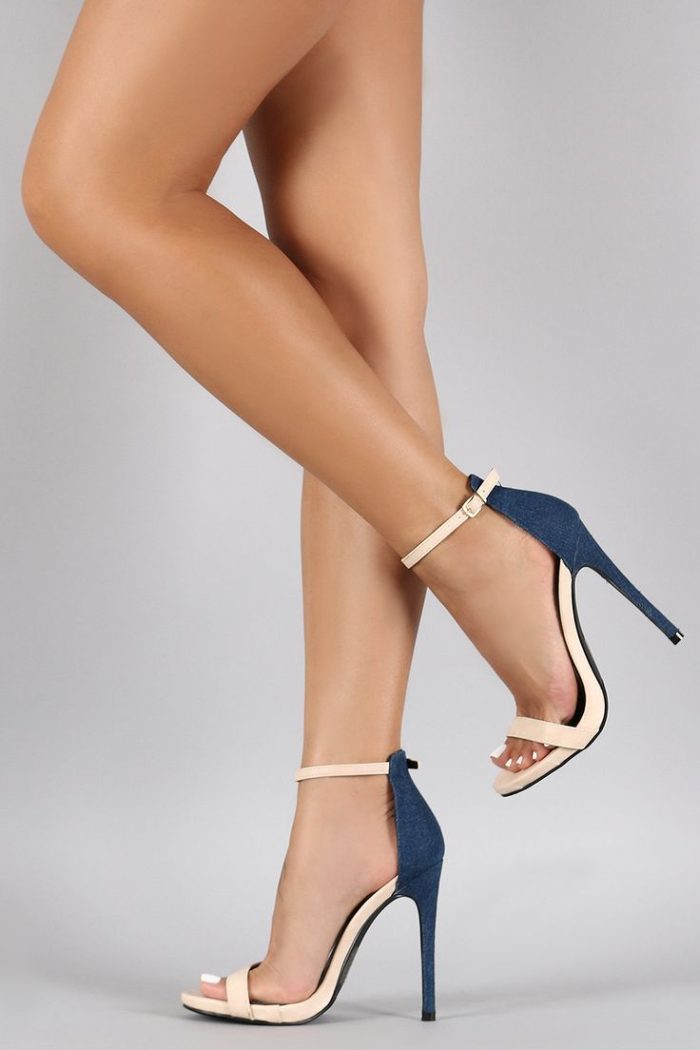
Make The Right Choice For Women’s Pumps
How to solve this problem? Women generally like to wear high-heeled pumps, but this is sometimes almost tragic for the health of your feet. So here are some rules you need to follow.
-
Never wear way too high platforms or heels
The fact is that a woman in high heels looks indescribably attractive. However, wearing high heels always brings a certain amount of discomfort. They often painfully sting the skin, and there is also pain that occurs in the feet or legs. No matter how much you like high heels, for every day, it is best to choose some more modest options. Wearing high heels often harms your health – and causes trauma to your joints, knees, and ligaments, in the long run. Also, problems with the spine are possible. The simplest thing you can do is follow the doctor’s advice – and that is that the heel should not exceed 4 centimeters. This height is the least harmful, reduces the pressure on the spine, and does not cause degenerative changes in the bone tissue.
-
Take into account the distance between the heel and the sole
Another option for choosing comfortable shoes is to pay attention to the distance between the heel and the flat part, that is, the sole. That distance should be measured from the front edge of the heel to the back edge of the flattened part. The higher the heel, the shorter this distance will be. A distance of 6 centimeters is considered safe – because the feet will be standing correctly with maximum stability.
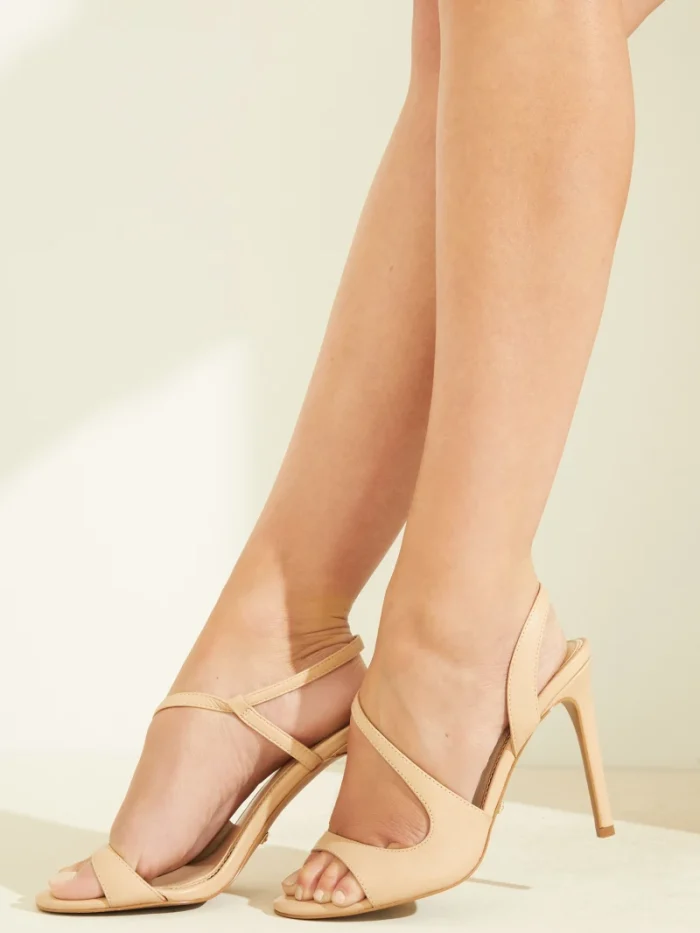
-
Heel tip and heel position
As we have already mentioned, the feet should not be too limited in footwear, nor should they be too loose. Your foot should be fixed with shoes. To understand how comfortable the chosen pair of shoes is for you, do not be lazy and do not be uncomfortable while trying them on in the store – but feel free to take a walk. Also, pay attention to the position of the heel – it should not be crooked, neither outside nor inside. If so, these shoes will cause you too many problems when you wear them and will also wear out very quickly.
Wearing Pump Shoes Without Pain
Women’s pump shoes are the dream of many ladies because they are so beautiful and simply perfect, but sometimes they are a true nightmare! Attractive – yes, but often so uncomfortable. However, according to Dream Pairs from dreampairshoes.com, with the right choice of pumps, you can also use a few tricks that will make it easier.
-
Use pads on the front of the sole
Lighten the part of the foot that hurts the most when wearing heels, the part of the sole under the toes, by putting soft pads in the shoes.
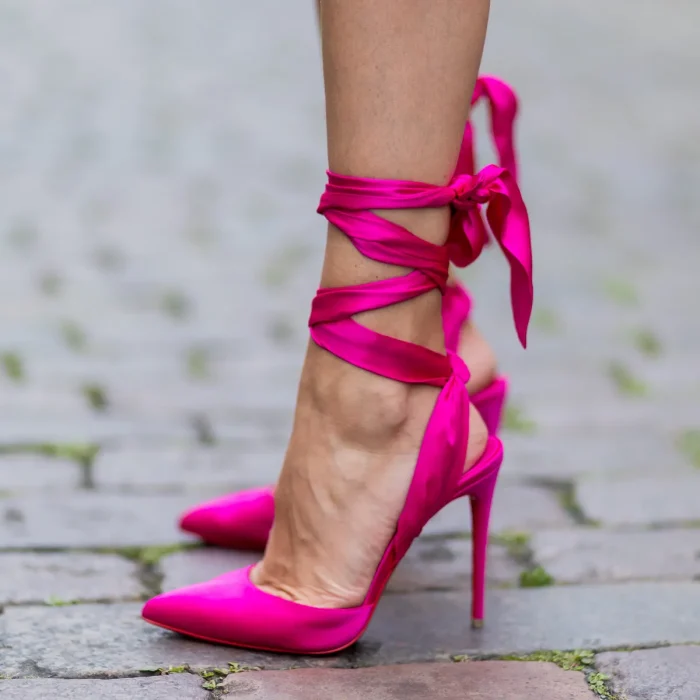
-
Use foot powder
One of the ways you can also prevent not only slipping feet but also an unpleasant odor is to apply foot powder to the inside of the shoe, before putting it on. The powder will prevent your foot from sweating uncontrollably, and at the same time, it will not allow the friction that causes blisters to form.
-
Try anatomical foot pads
Shoe insoles for very high heels are designed to make it easier to wear extremely high-heeled shoes. The use of these insoles provides comfort and reduced foot pressure. The pads are replaced after six months of use or the first signs of damage.
What To Avoid?
Every woman knows how painful her feet can be after a few hours spent in heeled shoes, but some other models are not the best choice for foot and spine health. You will certainly have sore feet wearing dizzying heels, and those that have a heel to five inches are the best choice. Before we offer you some solutions, let’s see which of these shoes most often leads to sore feet.
-
Dizzyingly high heels
The position of the feet when wearing high heels is such that all the pressure on the footpads of the lower part – is at the toes. That is why it is difficult to walk in high-heeled shoes because you need to know how to balance. The knees and hips protrude forward and damage the spine and legs. This way, you can easily injure yourself and twist your leg if you get up the wrong way and lose your balance – but you can also get nerve inflammation with sore feet or a swollen big toe due to a kick in the top of your shoe.
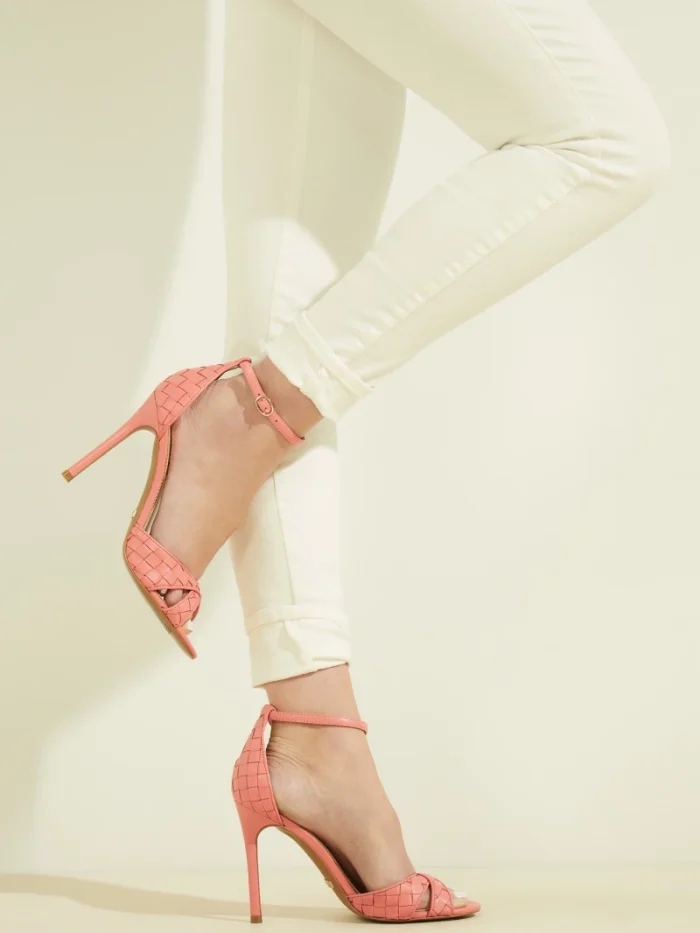
-
Full heel shoes
Although they have a platform or a full heel – they have similar effects as high-heeled shoes because the foot is in an elevated position. But, in them, the pressure on the front part of the foot is somewhat milder and it is easier to maintain balance. Nevertheless, you face the same problems as when wearing high-heeled shoes.
-
Flat shoes and shoes with thin soles
Flat shoes do not provide enough support to the foot, but they are flexible and allow movement to the muscles – so they are not as dangerous as heeled shoes. That’s the good side, and the bad is that, in a hurry, you can overlook some nail and step on it. Since such shoes usually have a very thin sole, you can seriously injure yourself. If you wear shoes without a heel for a long time, your muscles may become inflamed and your heel hurts.



